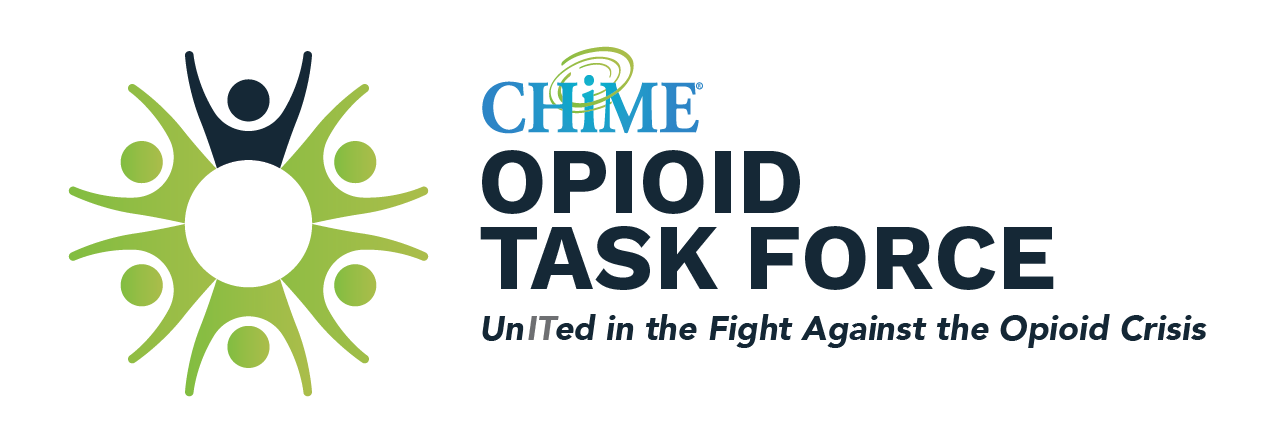The opioid crisis arose in the U.S. due to aggressive pharmaceutical marketing without fully warning of their addictive qualities, a clinical focus on alleviating pain allowing pain to be elevated to the fifth vital sign and lack of regulatory constraints to prescribing. In recent years, many hospitals and health systems have recognized that physician prescribing practices have unintentionally contributed to what is now an opioid epidemic and now are taking steps to reduce prescribing of opioids and thus shut down a pipeline to potential addiction. In the meantime, physicians may feel torn between an increased awareness of the risks of addiction and their desire to reduce patients’ pain and suffering.
The Centers for Medicare and Medicaid Services has stated “primary care providers account for nearly half of all dispensed opioid prescriptions and their prescribing rates have increased at high rates compared to other specialties.” For every 1 million Americans, almost 50,000 doses of opioids are taken every day. That’s four times the rate in the UK.
The previous chapters outlined how to create an Opioid Stewardship Committee and a robust dashboard to assess and monitor performance metrics tied to opioid prescribing practices. Healthcare systems described in Chapters 1 and 2 used their dashboards to establish baseline data, identify outliers and monitor change over time. As their success grew, they evolved their dashboards to conduct increasingly sophisticated and impactful analyses. But to reach those steps, they needed to modify physician prescribing patterns and temper patient expectations.
In this chapter, we provide strategies and resources for healthcare organizations to change physician behavior. We also offer a synthesis of the literature and lessons that an Opioid Steering Committee, Opioid Task Force and others can apply to educate and engage physicians and patients.
Framework of Proposed Solutions
By establishing an Opioid Stewardship Committee and developing a dashboard, you built the foundation to achieve the next steps of creating opioid provider and patient educational programs and ensuring adoption of best practices. The discussion points in the previous chapters touched on the outcomes that result when data and dashboards are used effectively to ignite change.
That alone may not suffice. The method to ensure permanent physician behavior change requires proven techniques based on influence and a bottom-up approach. In addition, a health system must provision for additional educational resources, content and content delivery methods for physicians who prescribe opioids to their patients and for patients wishing to understand and manage their treatment plans.
To bring a program forward, your organization will need to focus on:
- engagement with physicians and patients
- education
- behavior changes
